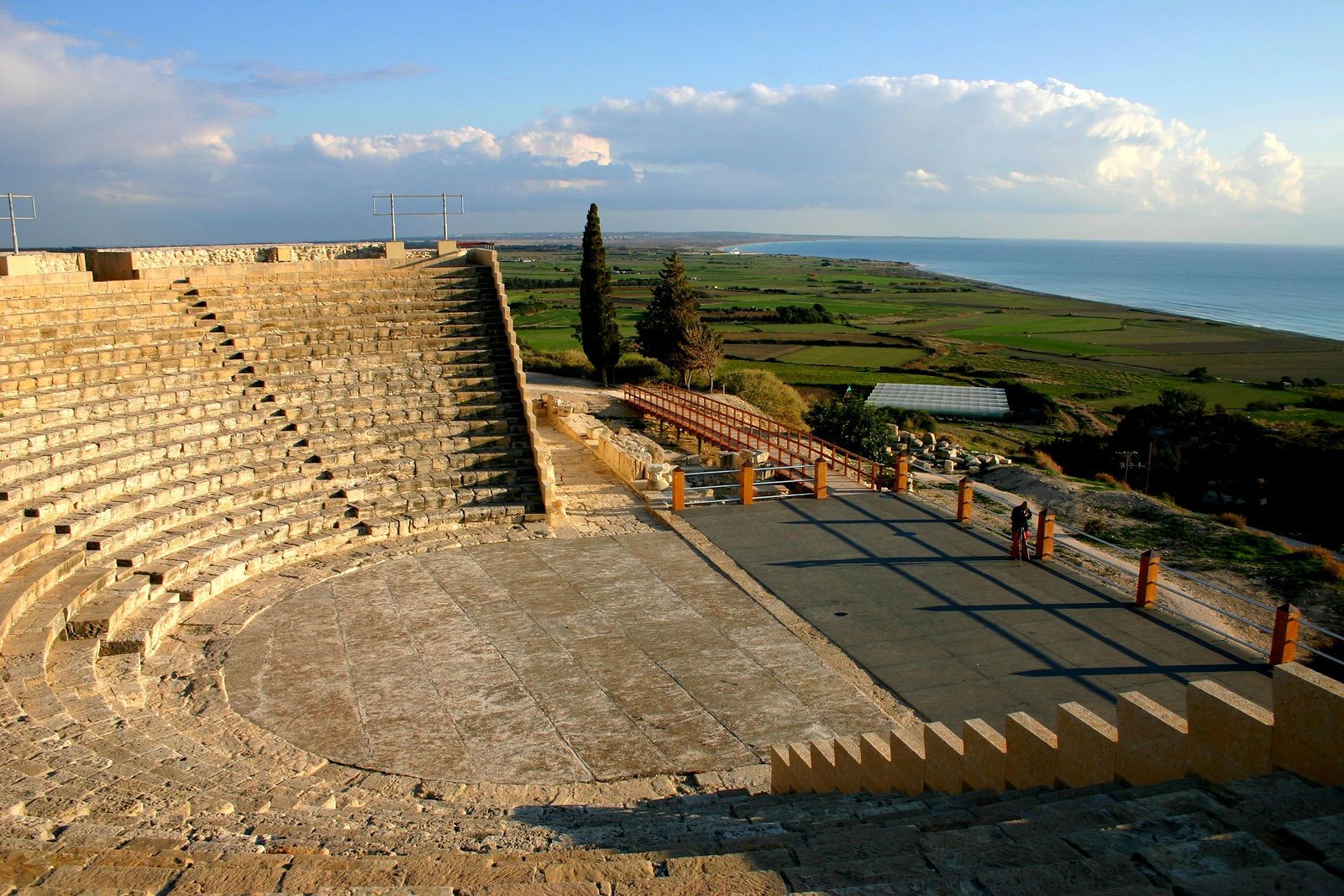Limassol
Historically Alive Since the Neolithic Period!
Limassol is the second largest city on the island of Cyprus and it lies between two ancient city-kingdoms: Amathus to the east and Kourion to the west
Chronology
BC (Before Christ)
4500-3900 BC: The earliest evidence of settlement in the broader area of Kourion (Limassol district) dates to the Neolithic period (4500-3900 BC), whilst the most ancient remains in the area of the ancient city itself are connected with settlements and tombs of the Middle and Late Bronze Age.
2000 BC: Graves were found between Amathus and Kourion (Limassol was between both cities) dating back to 2000 BC, which means that a small colonization must have existed which did not manage to develop and flourish.
13th century BC: According to tradition, Kourion was founded by Argives in the 13th century BC, during the first wave of the Mycenaean expansion and others followed the Argives in the 12th century as a result of the Dorian invasion of Greece.
8th century BC: It seems that the worship of Apollo Hylates on the site of Kourion began as early as the 8th century B.C. and continued until the 4th century A.D.
2nd century BC: The amphitheatre in Kourion was originally built in 2nd century by the Romans.
85 BC: Tigranes the Great (Armenian emperor) had reached Cyprus in order to establish security and protection of local Greek allies against Arabians and Rome in a result followed by his conquest of Syria, Lebanon and Anatolia.
AD (Anno Domini – After Christ)
7th century AD: The city was known as Neapolis.
10th century AD: Constantine VΙΙ Porphrougenitus (the son of the Byzantine emperor Leo VI) had referred to Limassol, as Nemesos (Limassol).
1191 AD: King Richard the Lion heart destroyed Amathus and the inhabitants were transferred to Limassol.
1192 – 1489 AD: Frankish Period, Limassol enjoyed remarkable prosperity.
13th century AD: Limassol harbor was a centre of transportation and commerce, which contributed greatly to the financial and cultural development.
15th century AD: After Ottoman Empire invasion, Limassol looked like a village with a significant population.
1819 AD: A Greek school was established at Limassol.
1878 AD: Coloner Warren (British governor of Limassol) showed a particular interest in Limassol, and even from the very first days of the British occupation, the condition of the town showed an improvement.
1974 AD: The tourism in Limassol began just after 1974 when the Turkish army illegally occupied the northern part of Cyprus. At the time, Famagusta was the most commercially advanced city, being the main tourist area of Cyprus, with luxurious Hotels, restaurants and entertainment areas.

 English
English
 Ελληνικά
Ελληνικά Русский
Русский